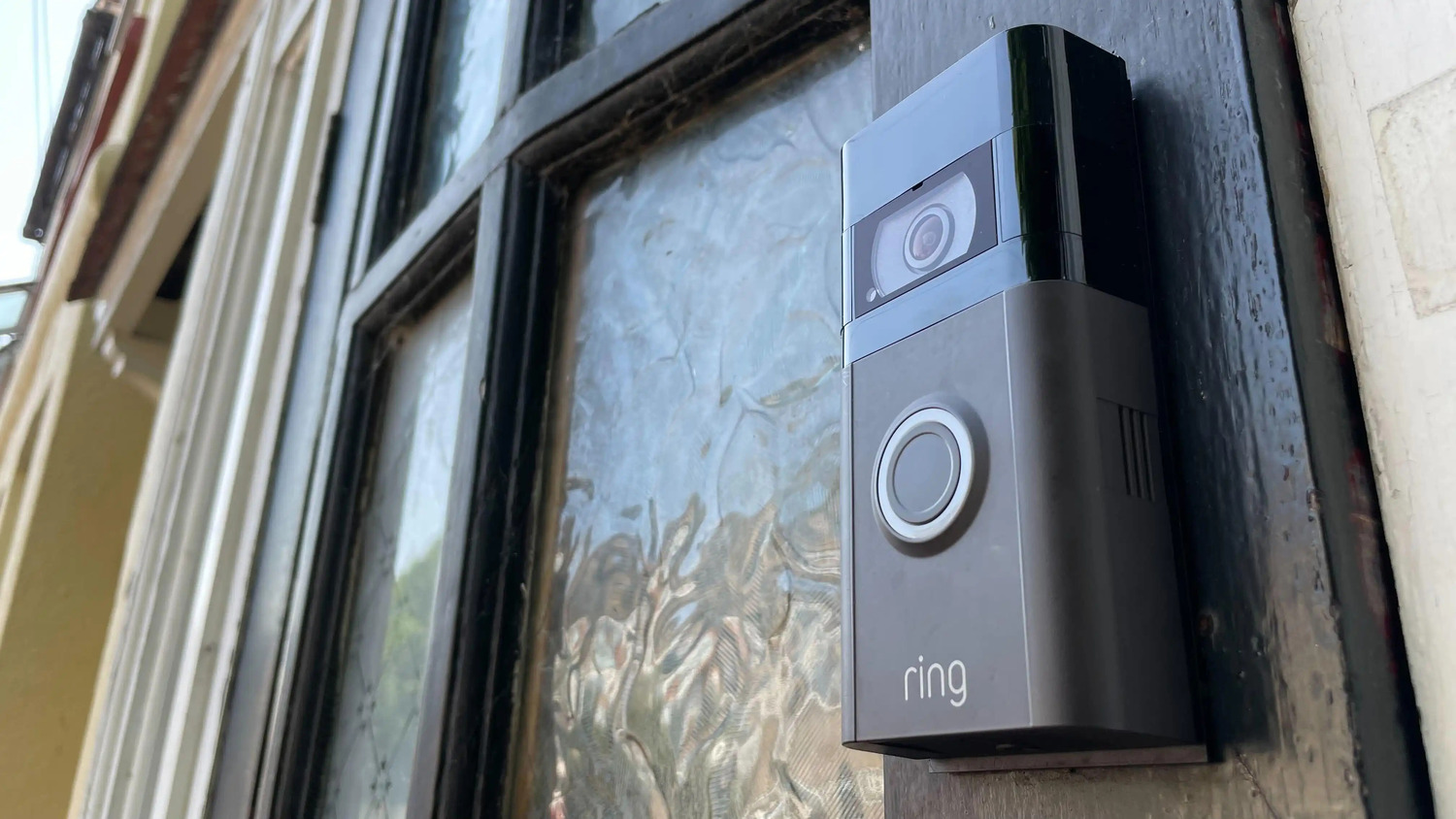

Articles
How Far Does Ring Doorbell See
Modified: January 8, 2024
Discover how far the Ring Doorbell can see with our informative articles. Get insights into its impressive range and enhance your home security.
(Many of the links in this article redirect to a specific reviewed product. Your purchase of these products through affiliate links helps to generate commission for Storables.com, at no extra cost. Learn more)
Introduction
Ring Doorbell has become a popular choice for homeowners looking to enhance the security of their homes. With its advanced features and easy installation, it offers convenience and peace of mind to users. One of the essential aspects of any video doorbell is its range – how far it can see and detect activity. The range of the Ring Doorbell plays a crucial role in determining its effectiveness in capturing events and monitoring the surroundings. In this article, we will explore the range of the Ring Doorbell, factors that affect it, and optimal placement strategies to maximize its range.
Understanding the range capabilities of the Ring Doorbell is vital for homeowners who want to ensure the device covers the desired areas and provides a clear view of any potential threats or visitors. By understanding the factors that can impact the range and adopting the best practices, users can optimize the performance of their Ring Doorbell.
Let’s dive into the depth of the Ring Doorbell’s range and what you need to know to make the most of this incredible security device.
Key Takeaways:
- Understanding the range of your Ring Doorbell is crucial for optimal security. Factors like Wi-Fi signal strength, obstructions, and lighting conditions impact its effectiveness in monitoring your property.
- Overcome range limitations by using Wi-Fi extenders, optimizing router placement, and considering hardwired connections. Clear obstructions and experiment with placement to maximize your Ring Doorbell’s performance.
Understanding the Range of Ring Doorbell
The range of the Ring Doorbell refers to how far the device can see and capture activity. It is crucial for homeowners to have a clear understanding of the range to ensure proper coverage and monitoring of their property. The range of the Ring Doorbell is determined by various factors, including the camera’s field of view and the quality of the video feed.
The field of view (FOV) of the Ring Doorbell camera determines the width and height of the area it can capture. Typically, Ring Doorbells have a horizontal FOV of 180 degrees, allowing them to cover a significant portion of the front porch or entrance area. Some advanced models offer a wider FOV, ensuring maximum coverage and minimizing blind spots.
In addition to the FOV, the video quality is another crucial factor in the range of the Ring Doorbell. Higher quality video feeds allow for more details to be captured, making it easier to identify individuals or objects at a distance. Ring Doorbell models with 1080p HD video resolution provide clear and crisp footage, ensuring that nothing is missed.
It is important to note that the range of the Ring Doorbell can be affected by external factors such as lighting conditions and obstructions. Low light environments may reduce the clarity and range of the video feed, making it harder to capture details accurately. Similarly, physical obstructions like walls, trees, or other structures can impact the range of the device by blocking the line of sight.
Another aspect to consider is the connectivity between the Ring Doorbell and the user’s smartphone or other devices. The distance between the device and the Wi-Fi router can affect the signal strength, resulting in a lower range. A weak Wi-Fi signal may lead to delays or interruptions in the video feed, limiting the effective range of the Ring Doorbell.
By understanding these factors, users can make informed decisions regarding the placement of their Ring Doorbell and ensure optimal coverage of their property.
Factors Affecting the Range of Ring Doorbell
Several factors can affect the range of the Ring Doorbell, impacting its ability to capture activity and monitor the surroundings effectively. Understanding these factors can help users optimize the placement of their Ring Doorbell and overcome any limitations that may arise.
1. Wi-Fi Signal Strength: The connectivity between the Ring Doorbell and the user’s Wi-Fi network plays a vital role in determining the range. A strong and stable Wi-Fi signal ensures a consistent and reliable connection, allowing for seamless video streaming and communication. If the Wi-Fi signal is weak or intermittent, it can lead to signal drop-offs and reduced range, affecting the device’s performance.
2. Obstructions: Physical obstructions, such as walls or large objects, can interfere with the signal transmission between the Ring Doorbell and the Wi-Fi router. These obstructions can block or weaken the Wi-Fi signal, reducing the range of the device. It is important to consider the placement of the Ring Doorbell and ensure that there are minimal obstructions for optimal performance.
3. Interference from Other Devices: In environments with multiple Wi-Fi devices or other electronic devices, there can be interference that affects the range of the Ring Doorbell. Other wireless devices operating on the same frequency, such as cordless phones or baby monitors, can cause signal interference and impact the performance and range of the Ring Doorbell. Users should be mindful of this and try to minimize interference by placing the Ring Doorbell away from other devices.
4. Wi-Fi Router Placement: The location of the Wi-Fi router can also impact the range of the Ring Doorbell. If the router is placed far away or in a different area from where the Ring Doorbell is installed, it can result in a weaker Wi-Fi signal and reduced range. Ideally, the Wi-Fi router should be placed in a central location to provide maximum coverage throughout the property.
5. Lighting Conditions: While the range of the Ring Doorbell is not solely reliant on lighting conditions, it can affect the quality of the video feed and how far the device can effectively capture activity. Low light or extreme lighting conditions, such as bright direct sunlight or glare, can impact the visibility and range of the camera. Users should consider the lighting conditions of their property and make any necessary adjustments to ensure optimal performance.
By taking these factors into account, users can make informed decisions regarding the placement of their Ring Doorbell to maximize its range and performance.
Make sure to install your Ring Doorbell at a height of 4 feet for the best view. It has a horizontal field of view of 160 degrees and a vertical field of view of 90 degrees, allowing it to capture a wide area.
Optimal Placement for Maximizing Range
Proper placement of the Ring Doorbell is crucial for maximizing its range and ensuring optimal performance. By following these guidelines, users can establish the best possible positioning for their device.
1. Height and Angle: Mounting the Ring Doorbell at an appropriate height and angle is essential. Ideally, the device should be installed at a height where it can capture a clear view of the desired area without being too high or too low. A recommended height is around 48 inches (4 feet) from the ground. Additionally, angling the camera slightly downwards ensures that the view is not obstructed and provides better coverage of the target area, maximizing the range.
2. Line of Sight: Clear line of sight is critical for optimal range and performance. Ensure that there are no obstructions like walls, trees, or other structures blocking the view of the Ring Doorbell. These obstructions can impact the strength of the Wi-Fi signal and reduce the range of the device. If possible, choose a location that offers an unobstructed view of the desired monitoring area.
3. Wi-Fi Signal Strength: Place the Ring Doorbell in an area with a strong Wi-Fi signal. This ensures a stable and reliable connection between the device and the Wi-Fi network, maximizing the range. If the Wi-Fi signal in a specific area is weak, consider using a Wi-Fi extender or relocating the Wi-Fi router to improve the signal strength in that area.
4. Adequate Lighting: Adequate lighting is essential for capturing clear and detailed footage. Install the Ring Doorbell in an area with proper lighting to ensure optimal range and visibility. If the chosen location lacks sufficient lighting, consider adding outdoor lighting fixtures to enhance visibility and improve the range of the device, especially during low-light conditions.
5. Wi-Fi Router Placement: To ensure a strong and uninterrupted Wi-Fi signal, place the router in a central location within the property. This helps distribute the Wi-Fi signal evenly throughout the space and enhances the range of the Ring Doorbell. Avoid placing the router in areas with physical obstructions or far from the intended Ring Doorbell location, as it can weaken the signal and limit the range.
By following these placement guidelines, users can maximize the range of their Ring Doorbell and ensure optimal performance in monitoring their property.
Overcoming Range Limitations
While the range of the Ring Doorbell is influenced by various factors, there are several strategies users can employ to overcome range limitations and enhance the performance of their device.
1. Wi-Fi Extenders: If the Wi-Fi signal strength is a limiting factor, consider using Wi-Fi extenders or mesh network systems to extend the range of your Wi-Fi network. These devices help amplify the signal and improve coverage, enabling the Ring Doorbell to operate in areas that were previously out of range.
2. Router Placement and Channel Selection: Ensure that your Wi-Fi router is placed in an optimal location, preferably in a central part of your home or property. This helps improve signal strength and coverage. Additionally, it is recommended to choose the least crowded Wi-Fi channel to minimize interference from neighboring networks, as this can impact the range and performance of the Ring Doorbell.
3. Signal Boosters: If you have identified specific areas where the Wi-Fi signal is weak, consider using signal boosters or repeaters. These devices amplify the Wi-Fi signal, extending the range and improving connectivity in those areas. By strategically placing signal boosters, you can enhance the range of your Ring Doorbell in problematic spots.
4. Consider a Hardwired Connection: If your Ring Doorbell model supports it, consider utilizing a hardwired Ethernet connection instead of relying solely on Wi-Fi. This eliminates potential Wi-Fi-related range limitations and ensures a stable and reliable connection. However, keep in mind that this option may require professional installation or additional wiring.
5. Clear Obstructions: If there are physical obstructions, such as walls or large objects, that hinder the range of your Ring Doorbell, consider relocating the device to a different spot with a clearer line of sight. Sometimes, even a small adjustment in placement can make a significant difference in range and performance.
It is important to note that overcoming range limitations may require adjustments and experimentation to find the most effective solution for your specific situation. Assess the factors affecting the range, try different placement options, and utilize additional devices or solutions as needed to enhance the performance and range of your Ring Doorbell.
By implementing these strategies, users can overcome range limitations and ensure that their Ring Doorbell provides optimal coverage and security for their property.
Read more: How Does The Ring Doorbell Work
Conclusion
The range of the Ring Doorbell is a crucial factor in determining its effectiveness in monitoring and securing your property. Understanding the range capabilities, factors influencing it, and implementing optimal placement strategies can significantly enhance its performance.
By taking into consideration the field of view, video quality, Wi-Fi signal strength, lighting conditions, and potential obstructions, users can make informed decisions regarding the placement of their Ring Doorbell. Mounting the device at an appropriate height, ensuring a clear line of sight, and optimizing Wi-Fi connectivity are key factors in maximizing the range.
If you encounter range limitations, there are ways to overcome them. Utilizing Wi-Fi extenders, signal boosters, and strategically placing your Wi-Fi router can help extend the range. Considering a hardwired Ethernet connection or adjusting the placement to avoid obstructions can also enhance the device’s performance.
Ultimately, by optimizing the placement and overcoming range limitations, you can ensure that your Ring Doorbell provides an extended range, captures clear footage, and offers enhanced security for your home or property.
Remember to regularly assess and adjust the placement if necessary, considering potential changes in Wi-Fi signal strength, obstructions, or any other factors that may impact the range over time.
With its range maximized and proper placement optimized, your Ring Doorbell will serve as a reliable and effective security device, providing you with peace of mind and enhanced protection for your home.
Frequently Asked Questions about How Far Does Ring Doorbell See
Was this page helpful?
At Storables.com, we guarantee accurate and reliable information. Our content, validated by Expert Board Contributors, is crafted following stringent Editorial Policies. We're committed to providing you with well-researched, expert-backed insights for all your informational needs.
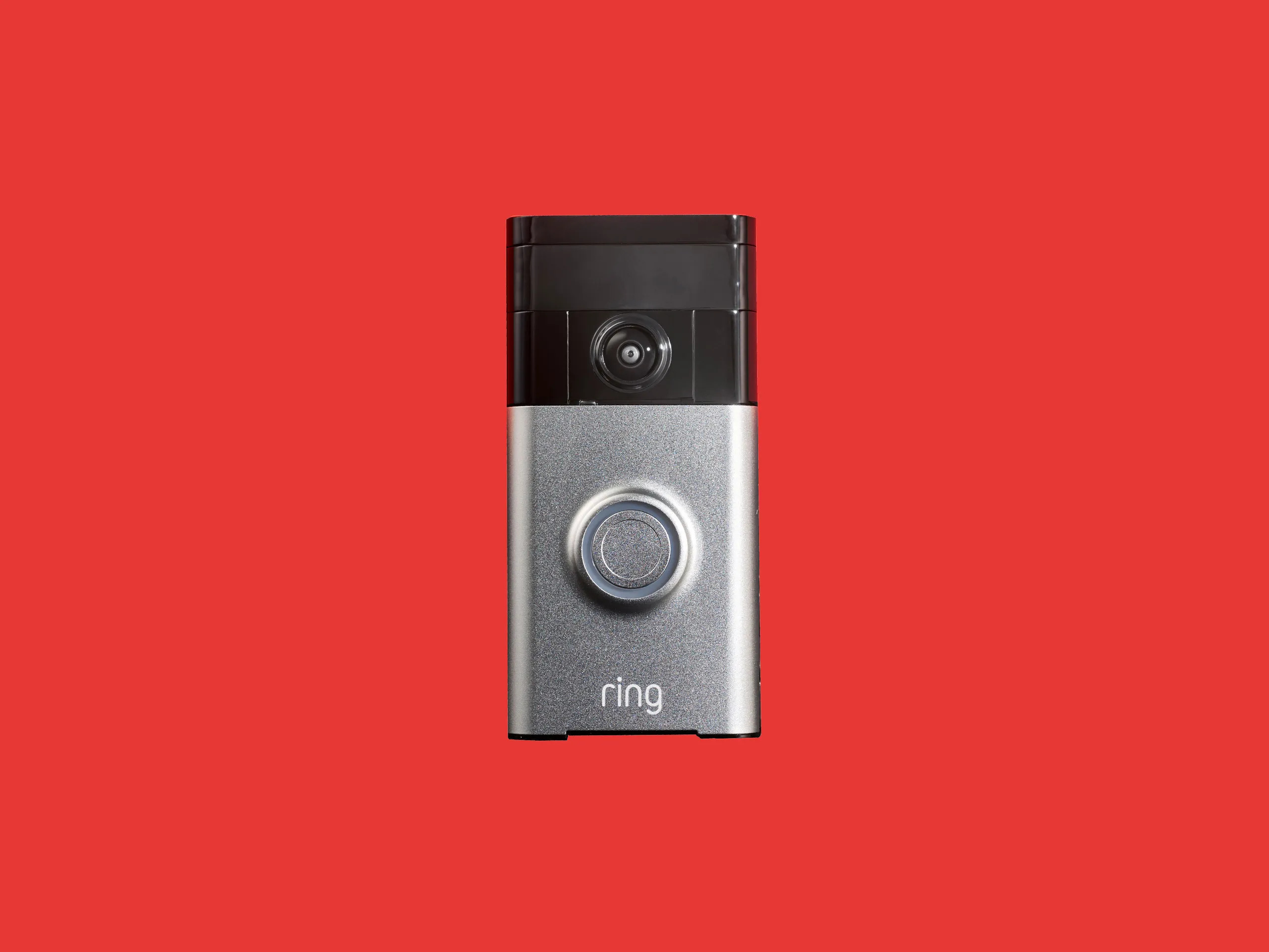
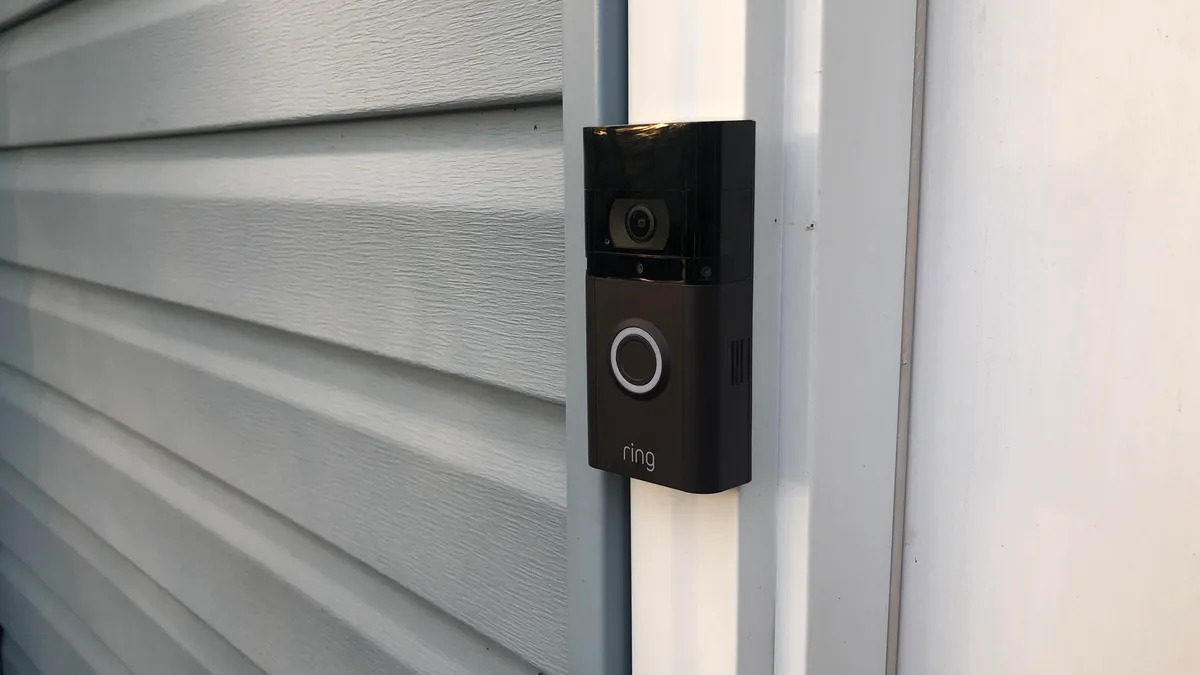
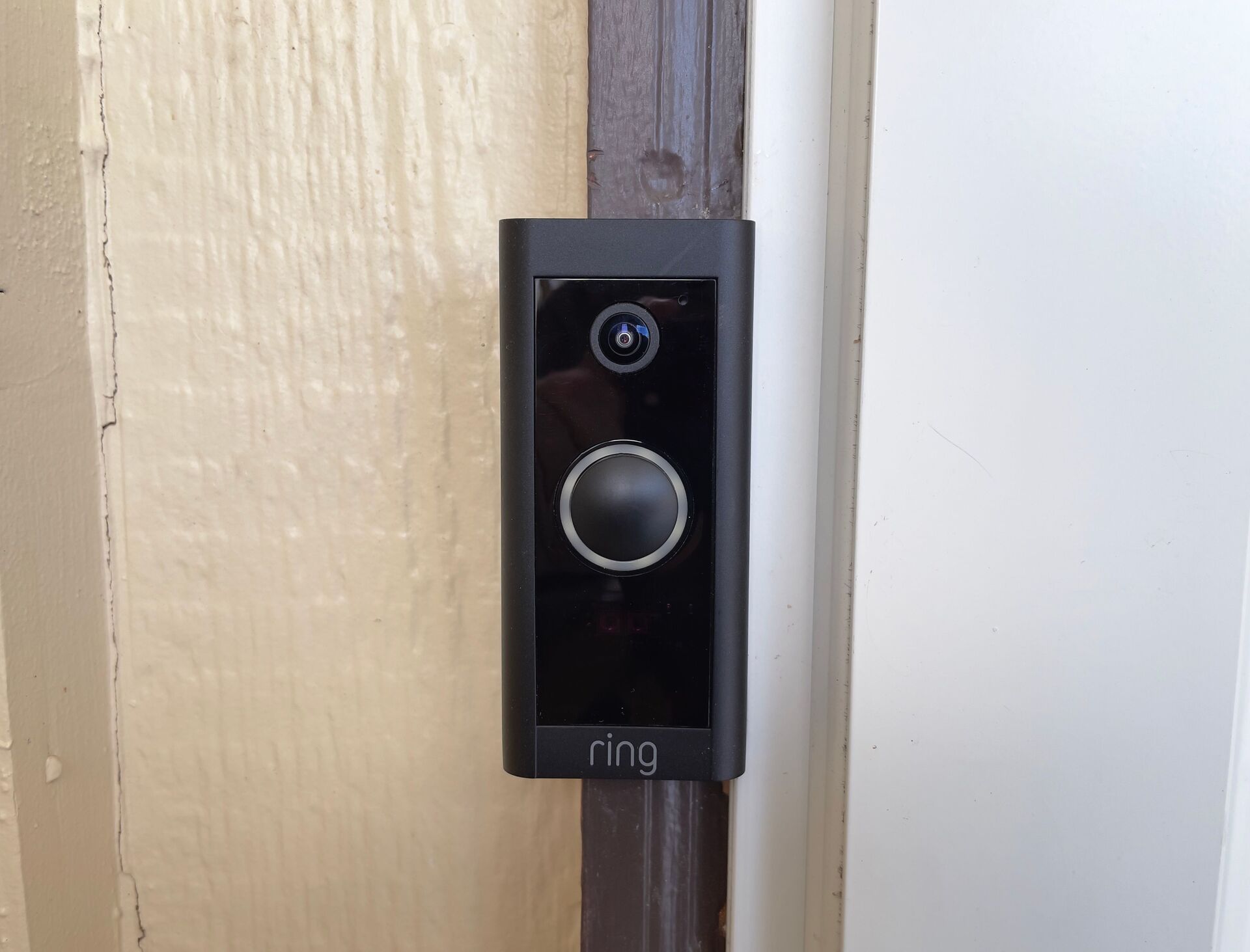
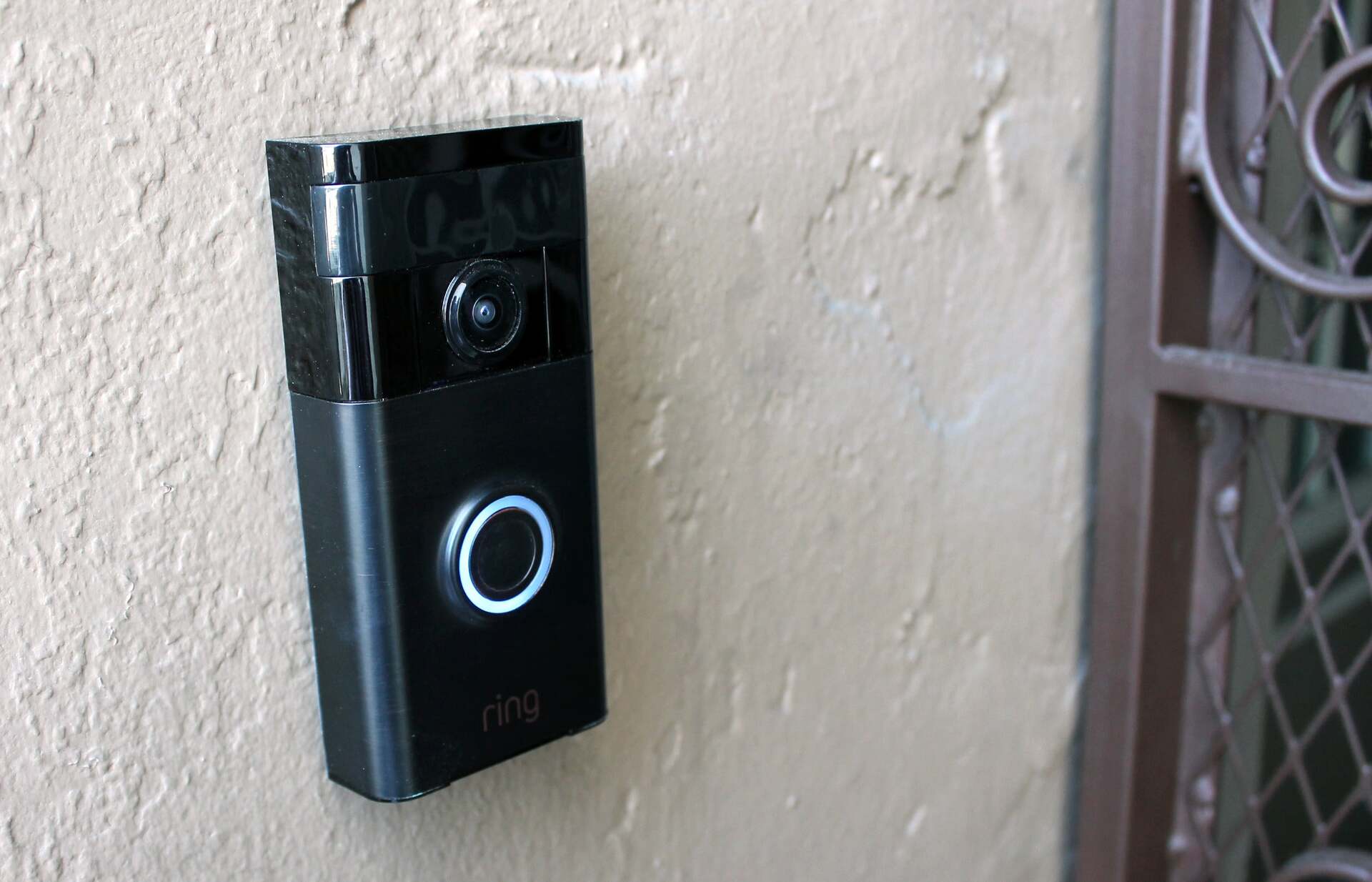
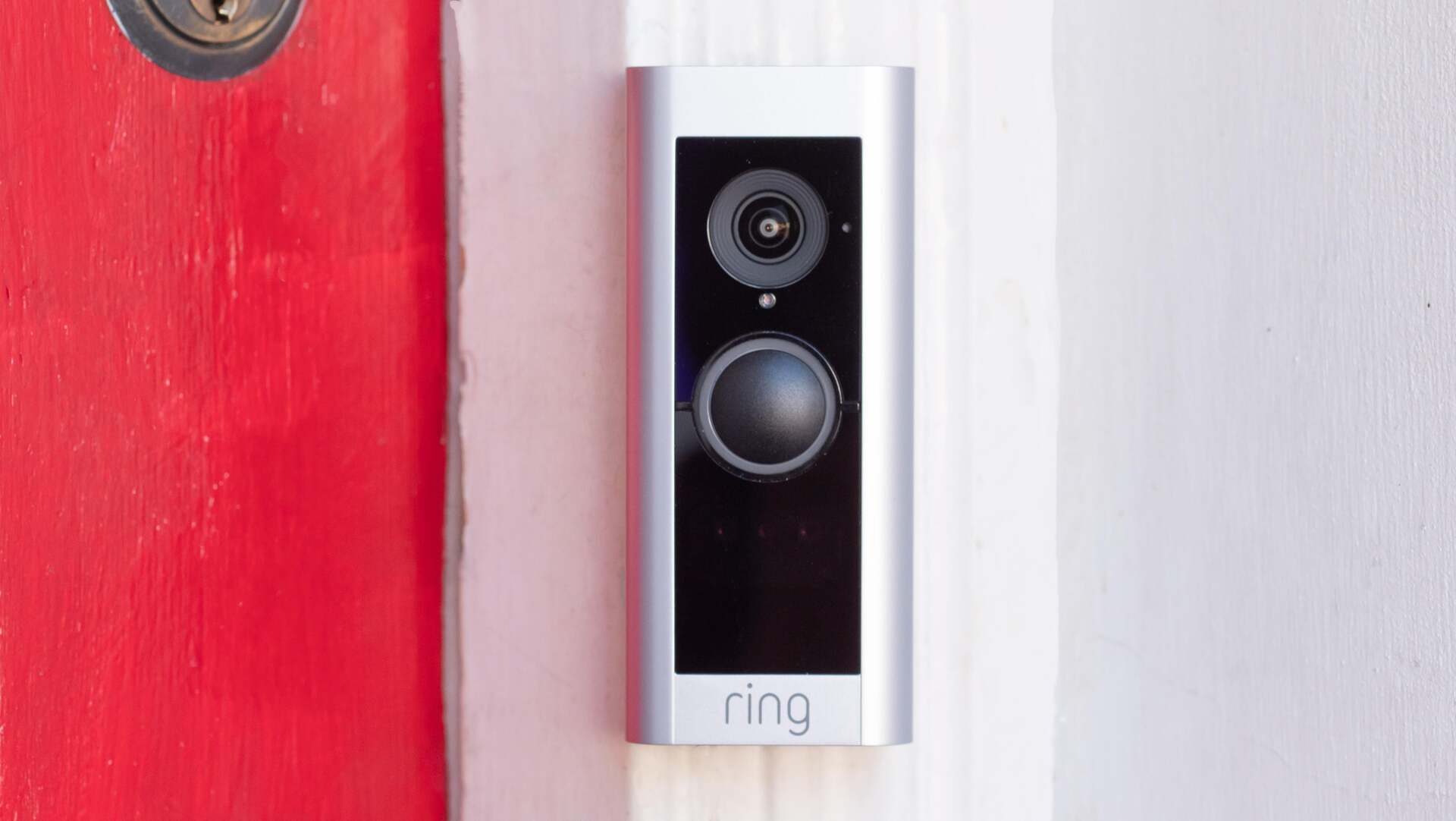
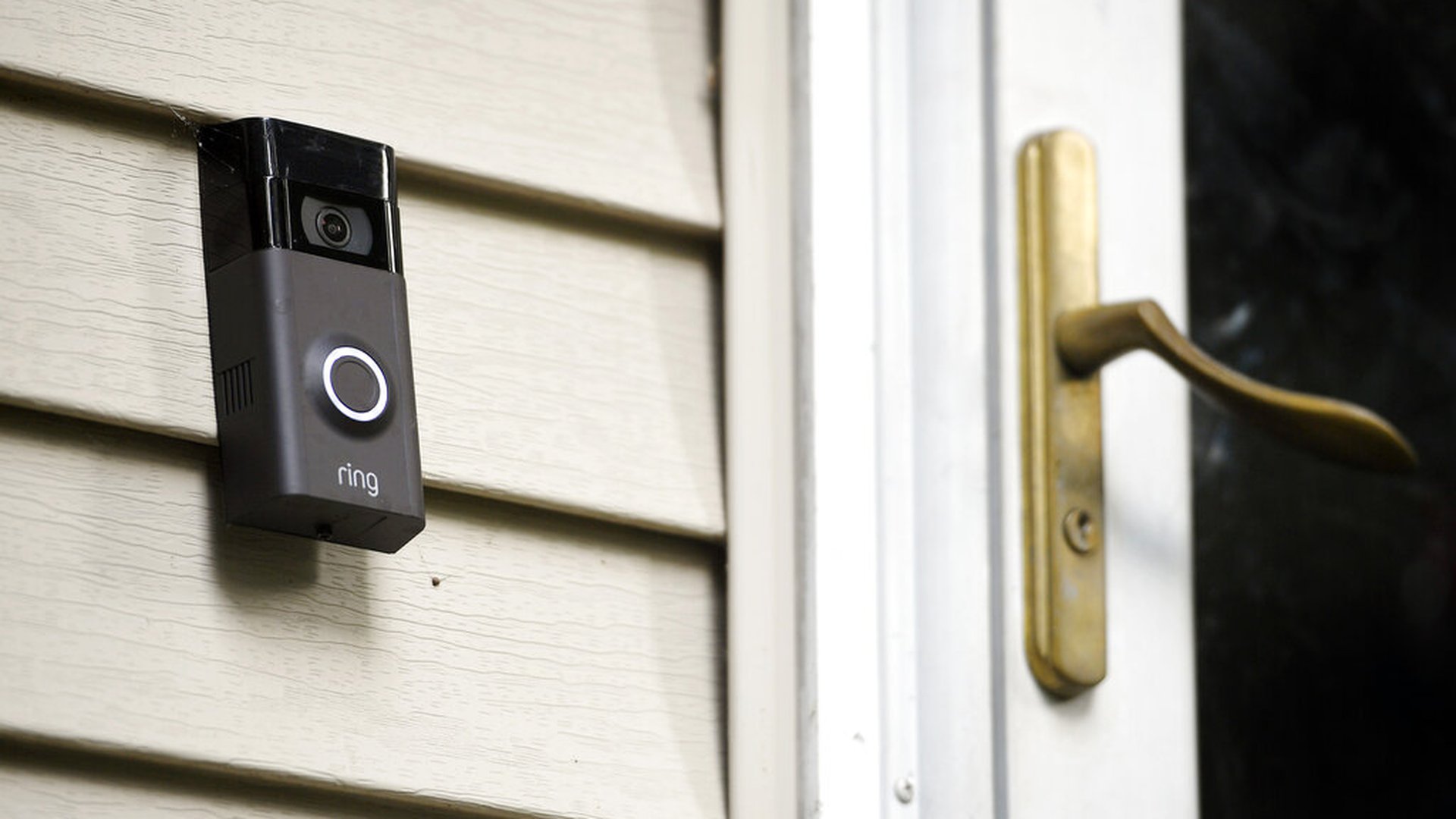
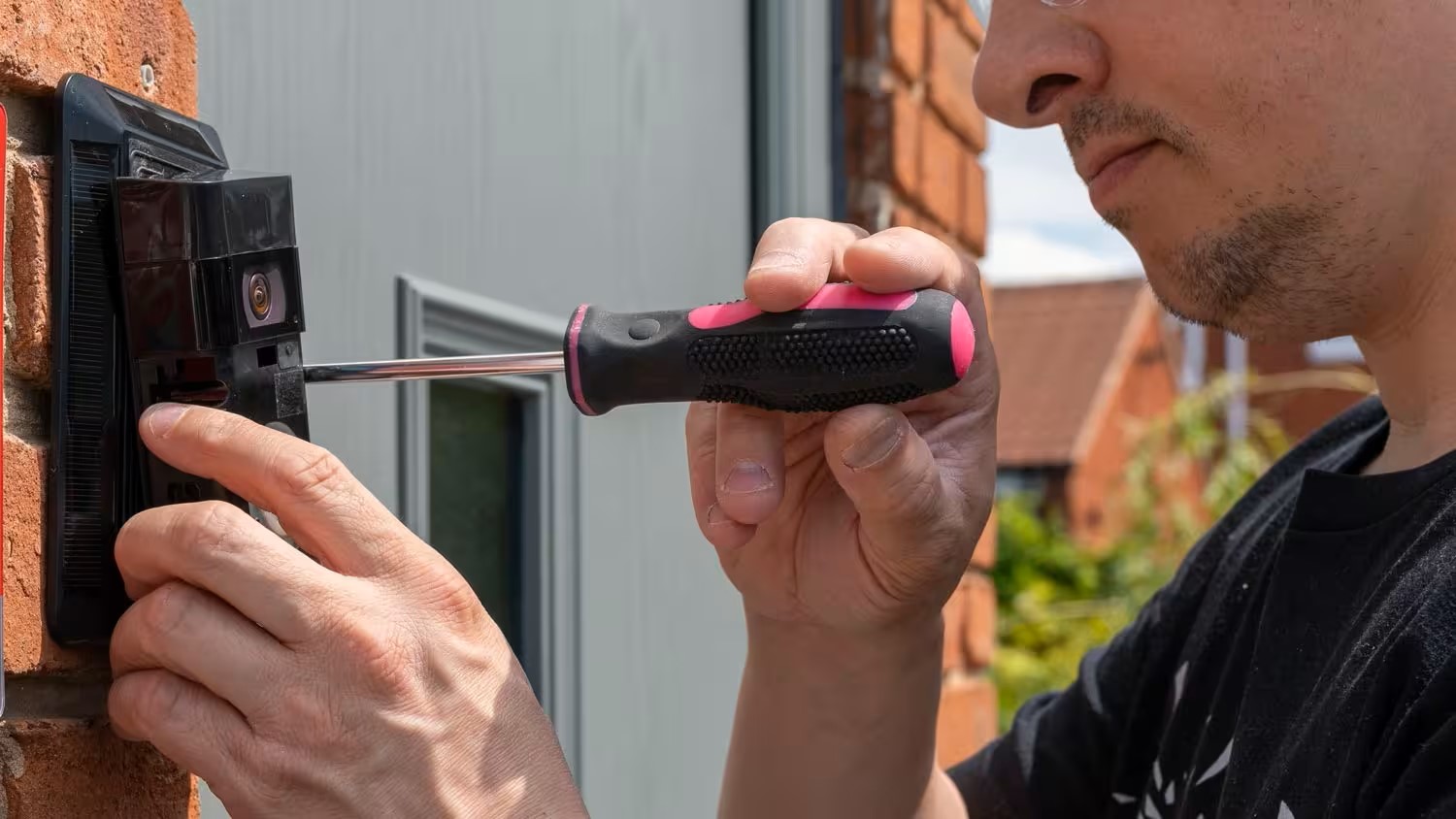
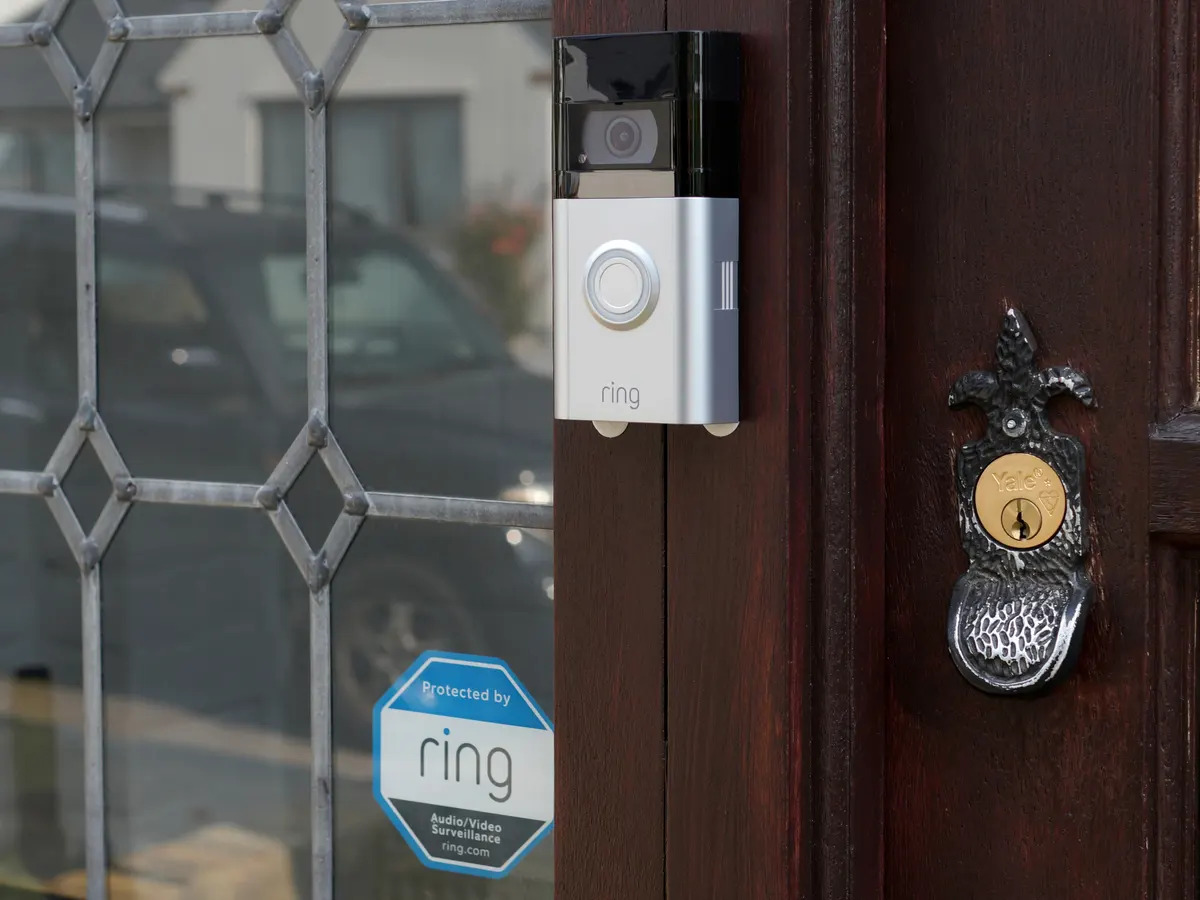
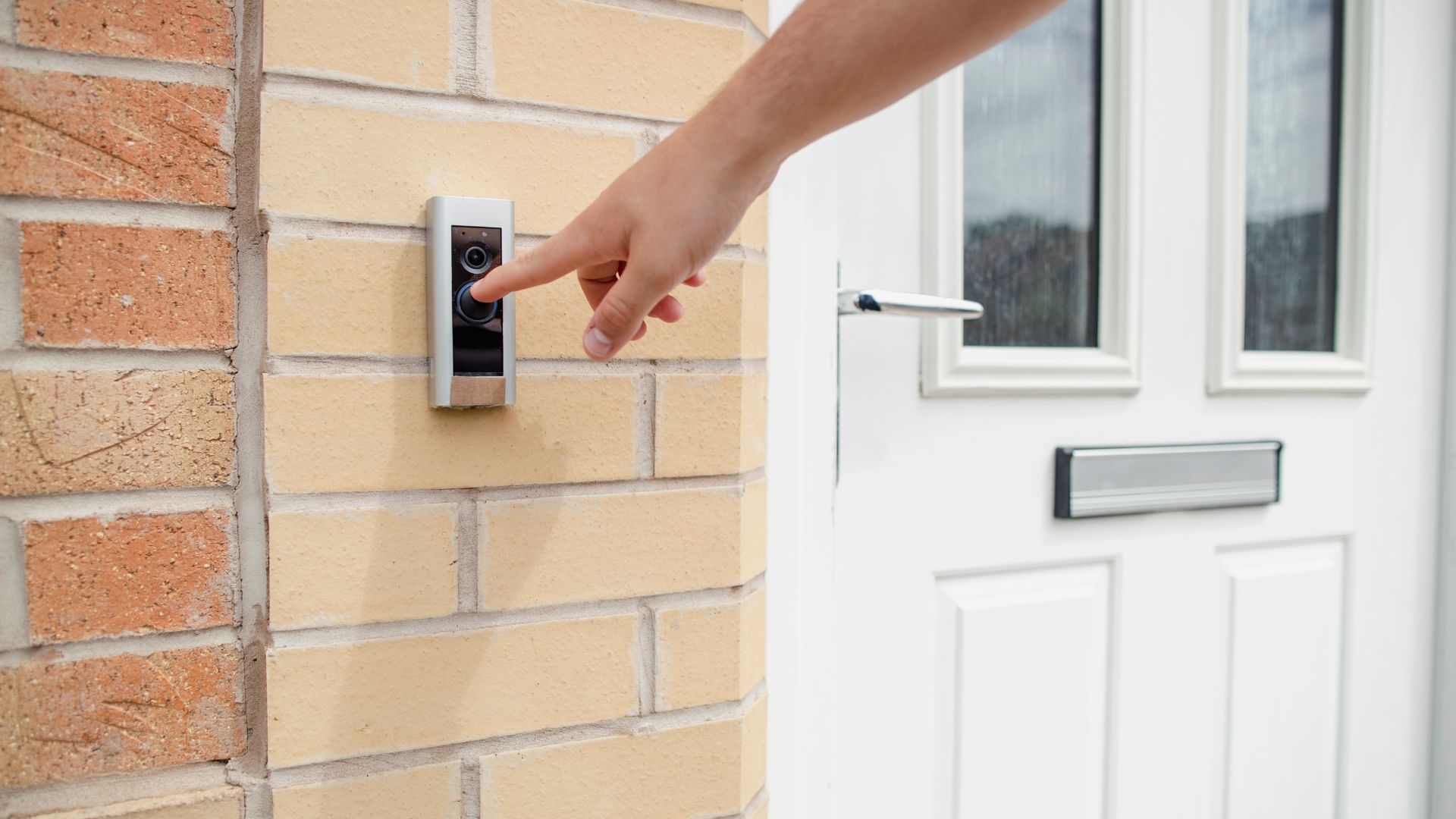
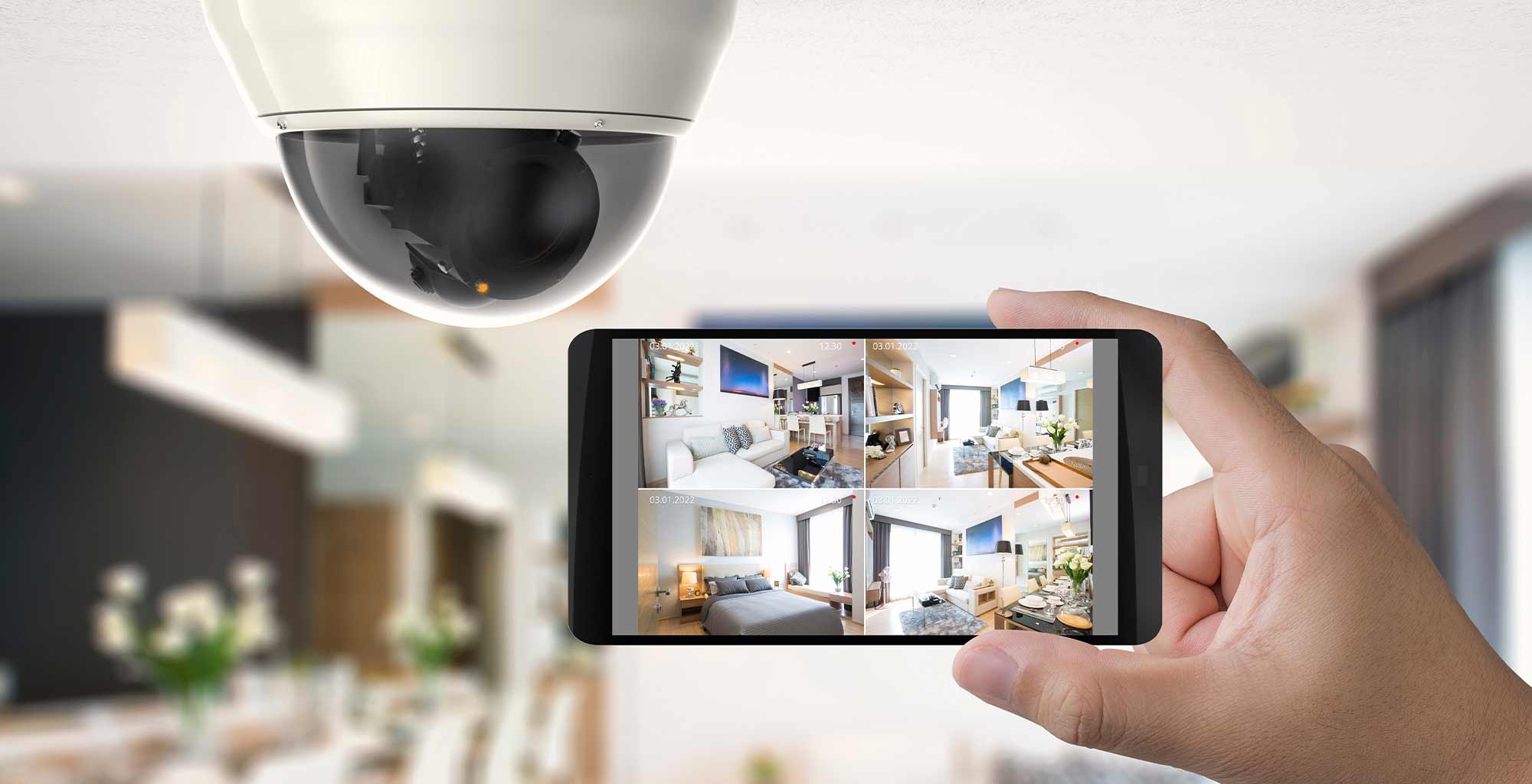
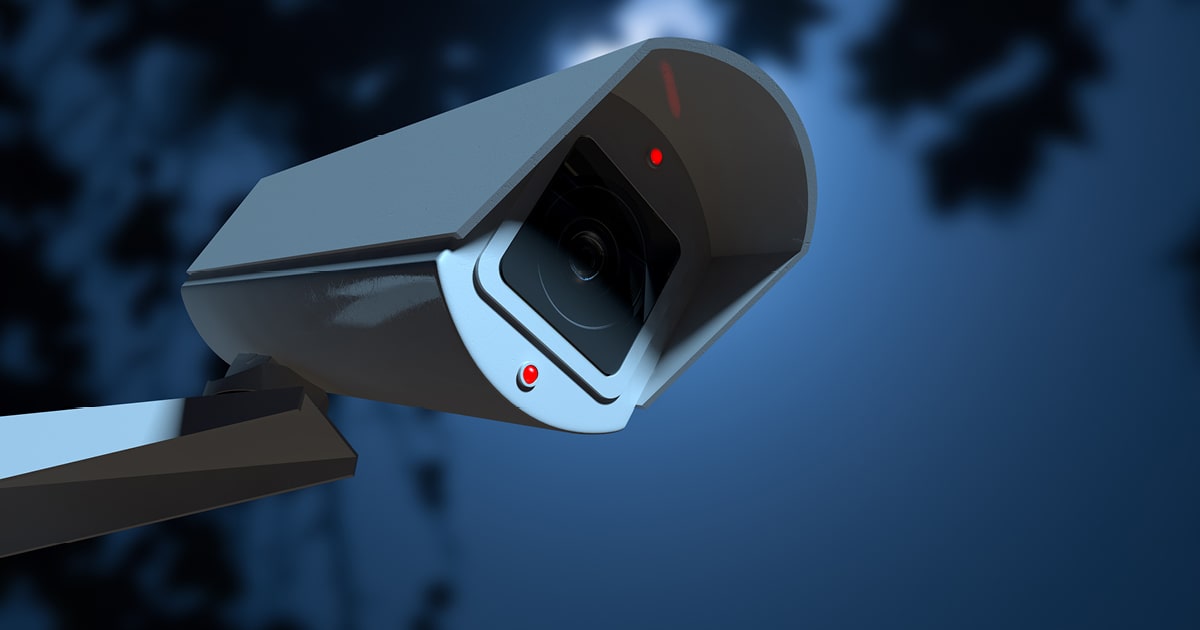
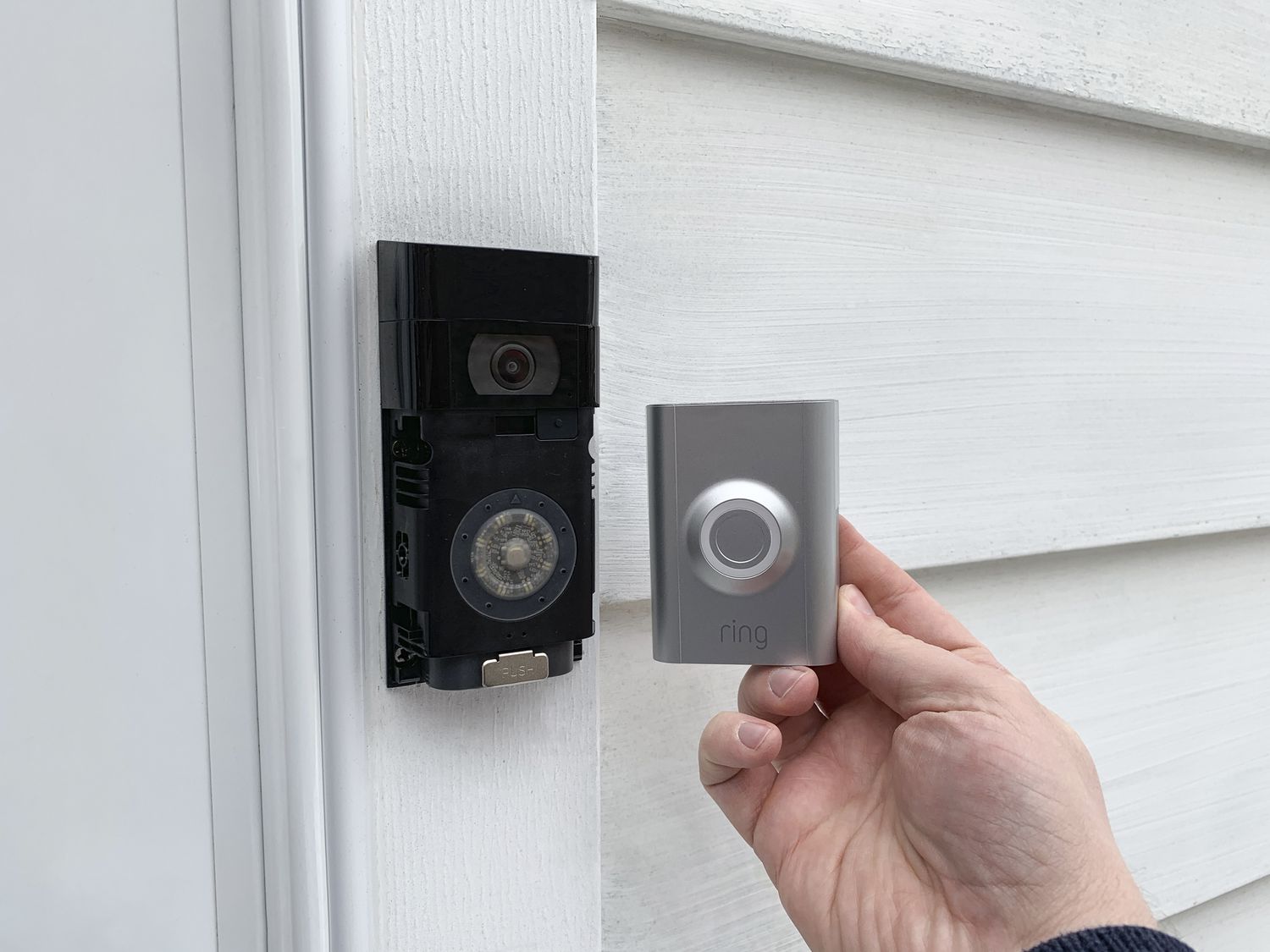
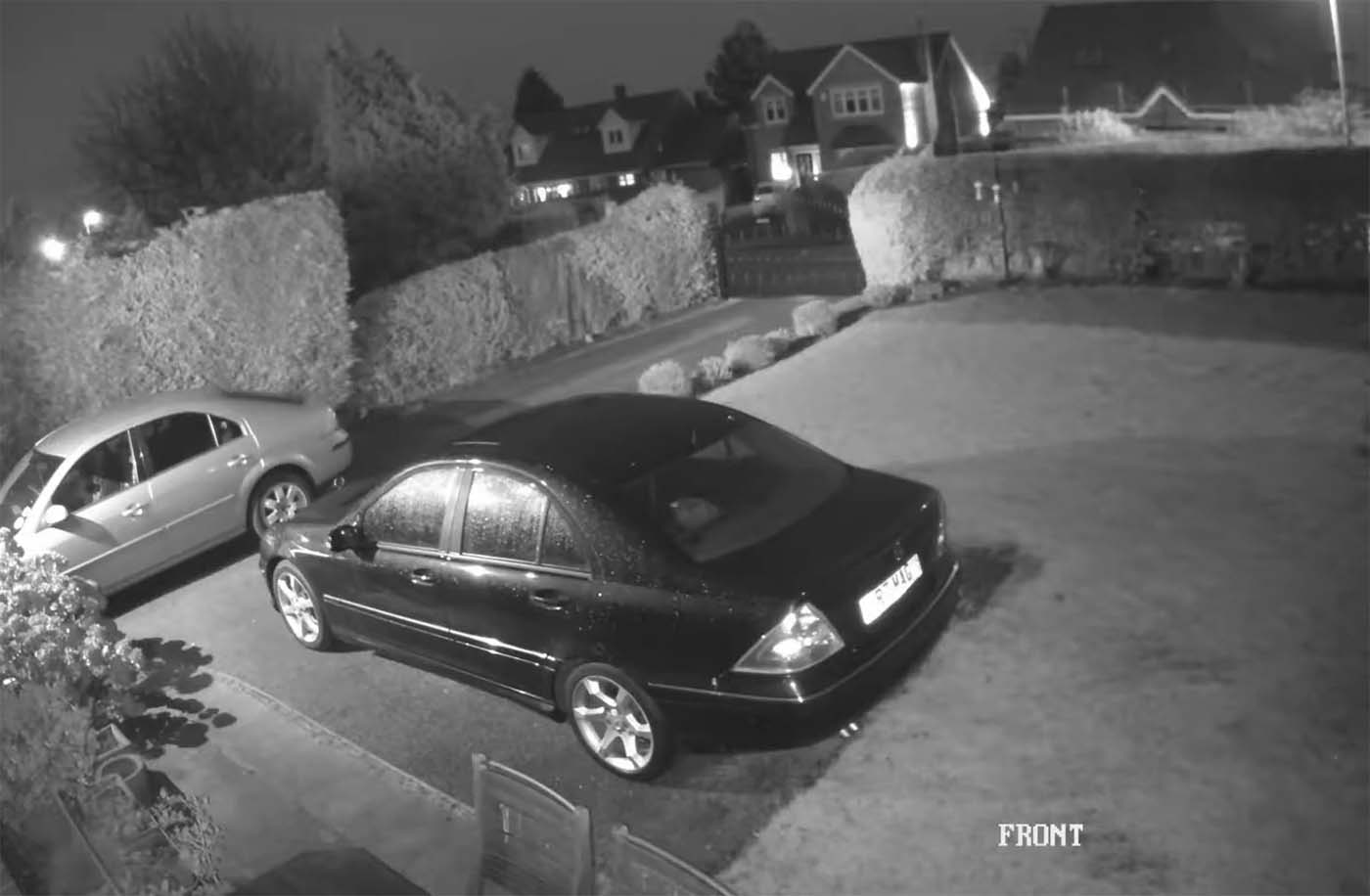


0 thoughts on “How Far Does Ring Doorbell See”